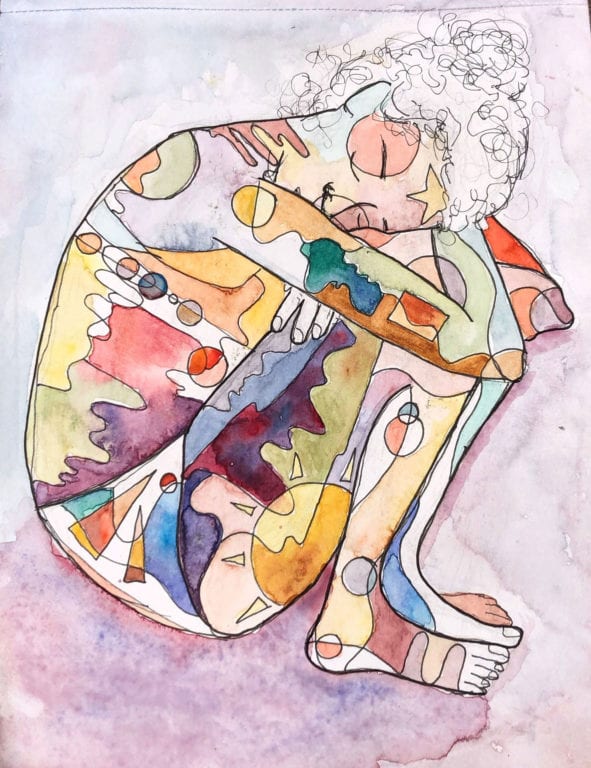As originally reported in Mirror, when Sian Hopper was in secondary school, she began to get headaches. She attributed them to stress: she had been studying for her GCSE exams, which were really important to her. She was studying health and social care in college, hoping to go on to university. When she began to have double vision a few weeks later, she thought it was because of her new glasses that must’ve had a faulty prescription.
When she was on a family vacation to Devon, her health took a turn. She began to be violently ill. She didn’t know where she was, and she said her mother just felt that something was really wrong. This was not your normal illness.
So the family went to the nearest hospital and with luck, the medical staff took a brain scan just as a precaution. Here they spotted it. Sian had a life-threatening, grapefruit sized tumor that had grown for the last two years. She was given her diagnosis: neurofibromatosis.
Immediately, she went into brain surgery, which wound up being a seven hour operation that removed the tumor. The crisis was eased, and she moved on to the next phase of her disease.
Neurofibromatosis is rare nervous system disorder that causes tumor growth on otherwise healthy nerve tissue. It is caused by a problem with the nerve cell formation and growth, and while the resultant tumors are often benign, sometimes they are not and can become cancerous. There are different types that present different symptoms: NF1 starts in childhood and causes skin problems and bone deformation; NF2 causes hearing problems, imbalance, and begins in adolescence; Schwannomatosis causes intense pain.
Sian’s Recovery
Sian brought her fervent optimism to her condition:
“I just did my best to put on a brave face. Of course, it had a massive effect on my life. It came to a bit of a standstill. But I thought it was important to stay positive.”
She was conscientious of others and didn’t want people to worry, despite the harder days. Being on the pediatric ward gave her a new perspective. Sian describes how different it was knowing even if anything happened to her, she’d already gotten to live for 15 years.
Even though she was able to remain positive, her experience wasn’t straightforward and easy. Removing the tumor was only the first part of the story. Sian continued to need medical attention due to complications afterwards. She received an internal lumber shunt that relieved her cranial pressure by draining the excess fluid that pooled around her brain. Sian also takes medications and visits a neurologist twice a year to monitor for disease progression.
Despite all of that, she was allowed to take four of exams and she passed everything. Her life went more or less back to normal. She has gone on to work with the
Childhood Tumour Trust to encourage more regular scans in order to catch the diseases before they grow. Sian has stayed involved with the ward that took care of her too, raising 2,500 pounds for them and buying toys and resources to held Ward E40 provide the same care she received. She hopes to go on to study paramedic science in university.
